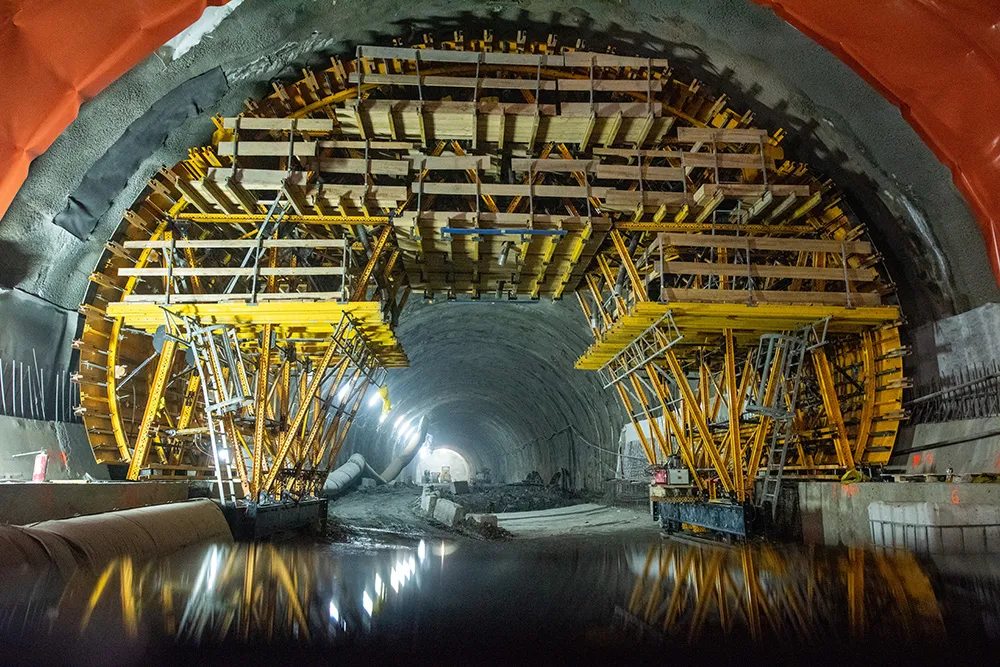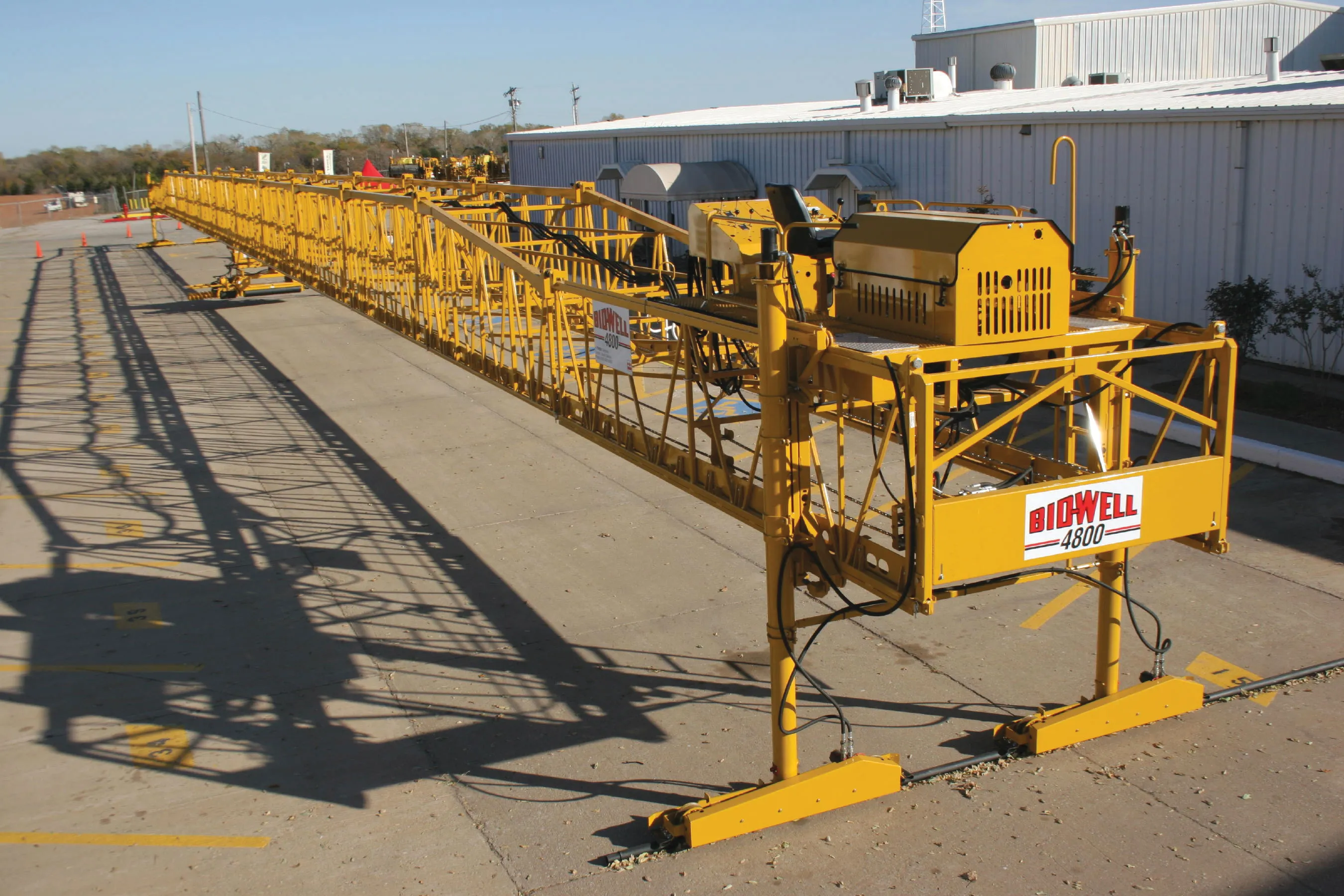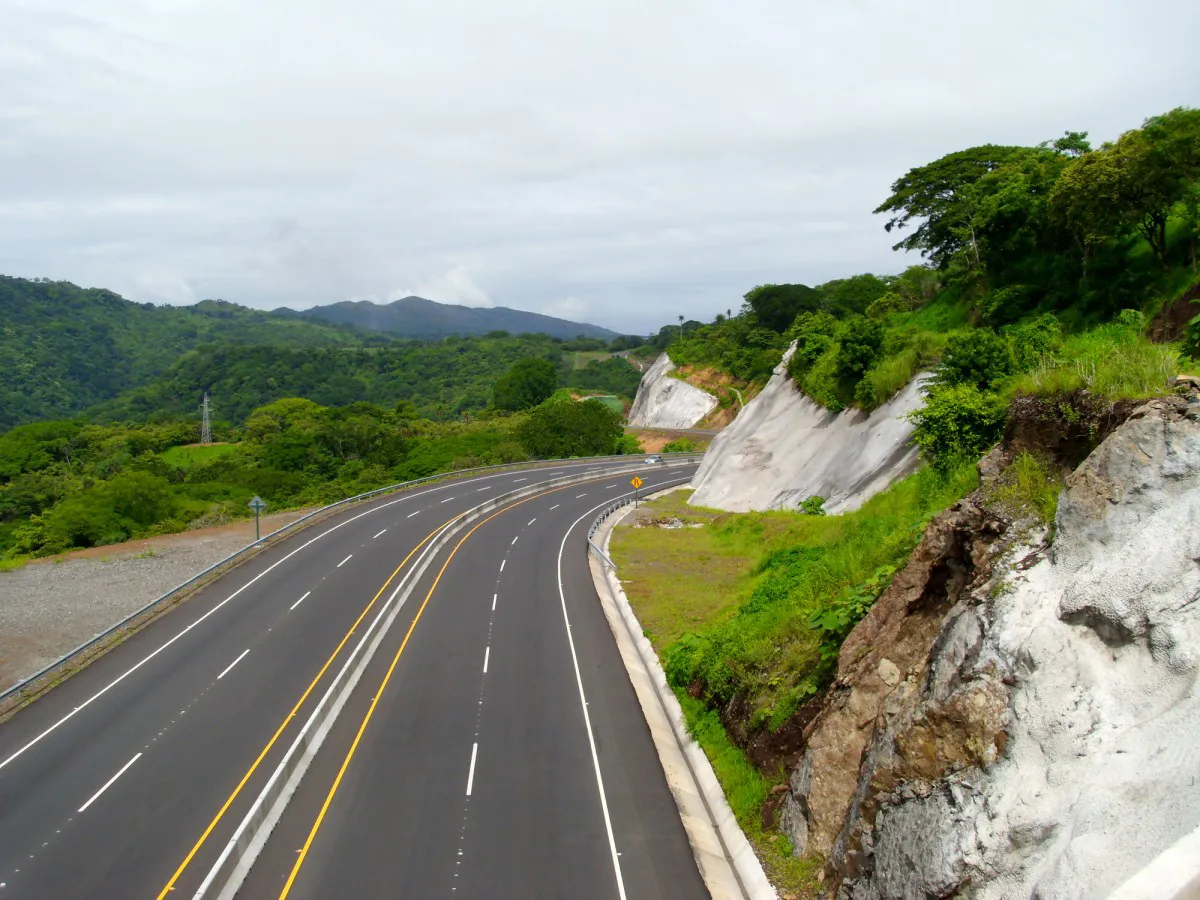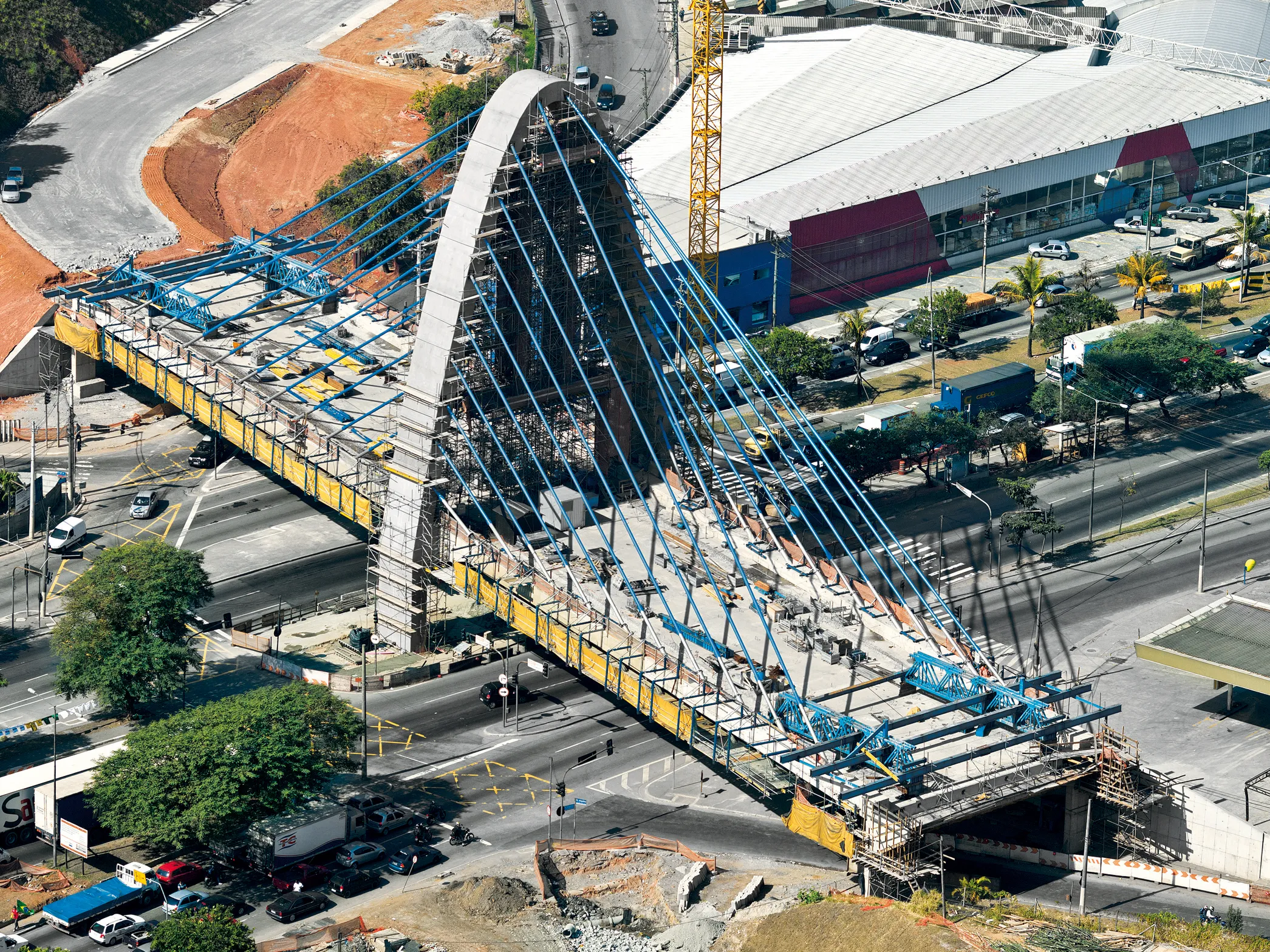
The S7 Expressway crosses Poland from Lubien´ to Rabka Zdrój, north to south, passing through the Voividato Malopolskie region. Three sections are under construction.
One of these sections goes through Lubon´ Maly mountain, for which a tunnel with two separate tubes is being built - a total length of over 4km. This phase has proven to be the most time-consuming and costly of the entire Expressway project. There are two independent tubes, approximately 2km each, designed for traffic to flow in a single direction.
The tunnel will feature two emergency passageways between the tubes and a ventilation room, as well as technical and service installations. In order to build it, 1,922m have been perforated for the left-hand tunnel and 1,919m for the right.
Excavation began on the north side of the right-hand tube in March of 2017. Completion of the entire tunnel is expected by mid-2021.
Ulma’s Engineering Team designed an MK Formwork Carriage 15.5m wide and 10.7m long to pour the mine tunnel. With a single unit made from standard MK pieces, the carriage was adapted effortlessly to the tunnel’s complex geometry.
For the roof, a special panel was designed to be load-bearing during the pour and permit easy stripping without the need for hydraulic systems. TMK Formwork Panels provided an excellent finish, according to the manufacturer. The carriage boasts a high load-bearing capacity, working platforms, access stairways and other integrated safety features.
Due to the excavation clearance, the characteristics of the project and the variety of tasks that had to be performed simultaneously, the complete assembly of the carriage was carried out in sections, pre-assembled on the outside and moved inside the tunnel tubes.
After pouring each 6.25m section, the carriage was easily advanced with a hydraulic system that facilitated formwork placement and stripping, lowering, and levelling, as well as advance.









